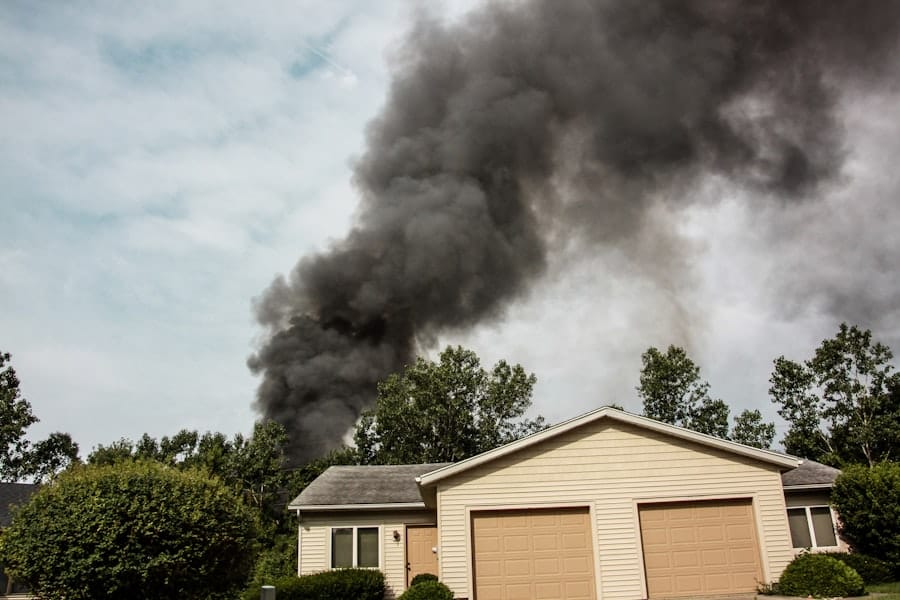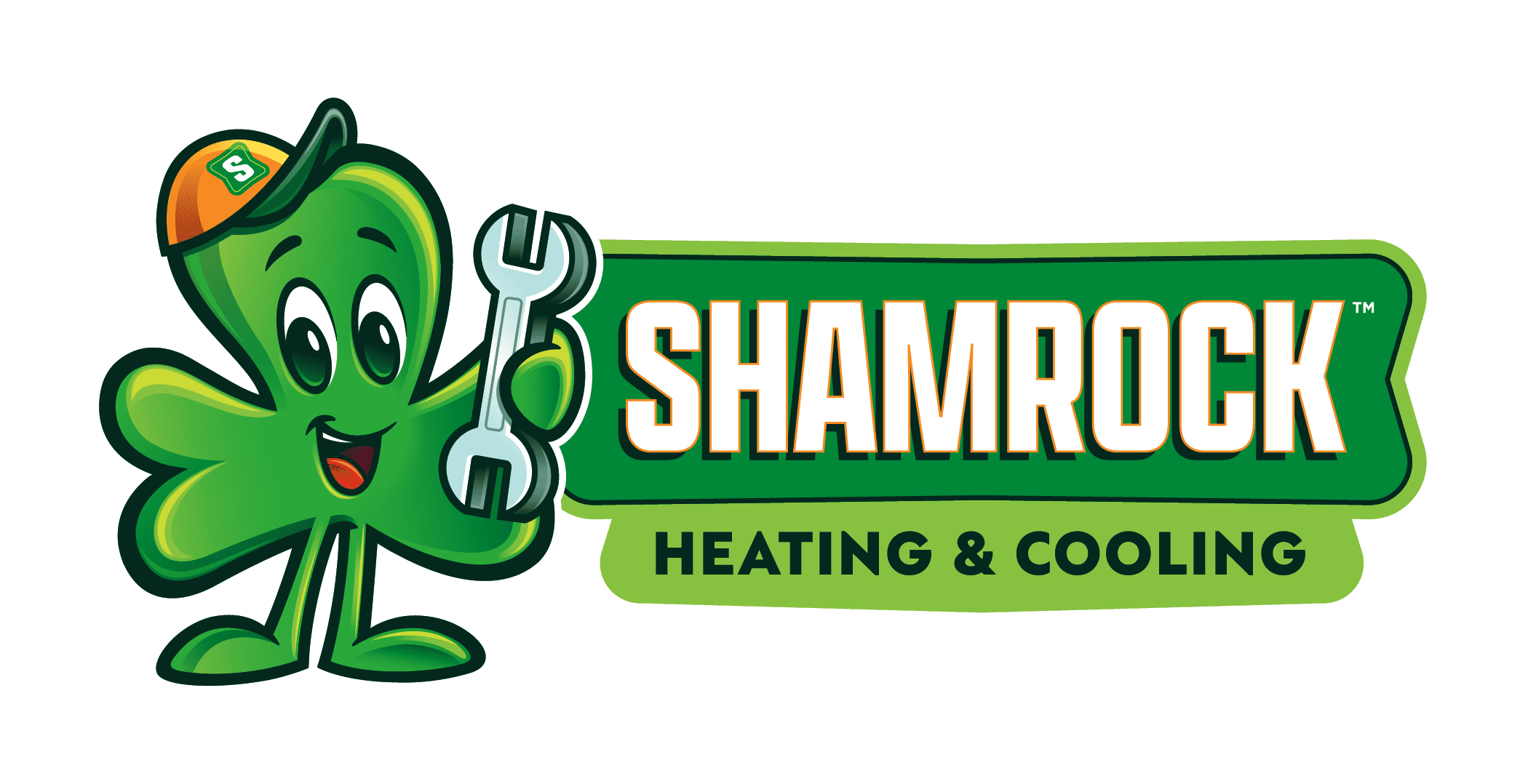Carbon monoxide (CO) is often referred to as the “silent killer,” and for good reason. This colorless, odorless gas can be produced by any fuel-burning appliance, including furnaces, water heaters, and stoves. When inhaled, carbon monoxide can interfere with the blood’s ability to carry oxygen, leading to serious health complications or even death.
The danger lies in its stealthy nature; you may not even realize you are being exposed until it is too late. Understanding the risks associated with carbon monoxide is crucial for every homeowner, especially in areas like Phoenix, where HVAC systems are essential for comfort. The potential for carbon monoxide poisoning increases during the colder months when heating systems are in high demand.
If your HVAC system is not functioning properly or is poorly maintained, it can become a source of CO emissions. This makes it imperative to stay informed about the dangers of carbon monoxide and to take proactive measures to protect yourself and your loved ones.Awareness is the first step in prevention, and knowing how to identify potential sources of CO can save lives.
Key Takeaways
- Carbon monoxide is a colorless, odorless gas that can be deadly if inhaled in high concentrations
- Symptoms of carbon monoxide poisoning include headache, dizziness, nausea, and confusion
- Carbon monoxide detectors are essential in HVAC systems to alert occupants of dangerous levels of the gas
- In the event of a carbon monoxide emergency, evacuate the building and seek medical attention immediately
- Regular professional HVAC inspection and maintenance can help prevent carbon monoxide leaks and ensure the safety of your family
Signs and Symptoms of Carbon Monoxide Poisoning
Recognizing the signs and symptoms of carbon monoxide poisoning is vital for your safety. Early symptoms can often be mistaken for common illnesses, such as headaches, dizziness, or nausea. You might feel fatigued or experience shortness of breath, which can lead you to believe you are simply under the weather.
However, these symptoms can escalate quickly, leading to confusion, loss of consciousness, or even death if exposure continues. It’s essential to be vigilant and aware of how you and your family members are feeling, especially if you notice these symptoms occurring while using fuel-burning appliances.In addition to physical symptoms, there are environmental indicators that may suggest a carbon monoxide problem.
If you notice yellow or orange flames in your gas appliances instead of the usual blue flame, this could indicate incomplete combustion and a potential CO leak. Soot or brown stains around appliances can also be a warning sign. If you suspect that carbon monoxide may be present in your home, it’s crucial to act quickly and seek help.
Importance of Carbon Monoxide Detectors in HVAC Systems

Installing carbon monoxide detectors in your home is one of the most effective ways to safeguard against CO poisoning. These devices serve as an early warning system, alerting you to dangerous levels of carbon monoxide before they become life-threatening. In conjunction with your HVAC system, these detectors can provide peace of mind, ensuring that you and your family are protected from this invisible threat.
It’s important to place detectors near sleeping areas and on every level of your home for maximum effectiveness. Regular maintenance of your HVAC system is also essential for the proper functioning of carbon monoxide detectors. If your heating system is not operating efficiently, it may produce higher levels of CO, which could overwhelm your detectors.
By ensuring that your HVAC system is regularly inspected and maintained by professionals like Shamrock Heating & Cooling, you can help ensure that both your heating system and your detectors are working in harmony to keep your home safe.
Steps to Take in Response to a Carbon Monoxide Emergency
If you suspect that you are experiencing carbon monoxide poisoning or if your detector goes off, it’s crucial to act swiftly.
Fresh air is essential; move to an outdoor area or a well-ventilated space away from the source of the gas.
Once you are safe, call emergency services or a local fire department to report the situation. They have the training and equipment necessary to assess the situation and ensure that it is safe for you to return. While waiting for help to arrive, it’s important not to ignore any symptoms you or others may be experiencing.
If anyone shows signs of severe poisoning—such as confusion or loss of consciousness—seek medical attention right away. Even if symptoms seem mild, it’s wise to get checked out by a healthcare professional. Carbon monoxide exposure can have long-term health effects that may not be immediately apparent.
Professional HVAC Inspection and Maintenance for Carbon Monoxide Prevention
Regular inspections and maintenance of your HVAC system are critical in preventing carbon monoxide leaks. A qualified technician from Shamrock Heating & Cooling can identify potential issues before they become serious problems. During an inspection, they will check for proper ventilation, ensure that all components are functioning correctly, and look for any signs of wear or damage that could lead to CO production.
In addition to routine inspections, consider scheduling annual maintenance for your heating system. This proactive approach not only helps prevent carbon monoxide leaks but also improves the overall efficiency of your HVAC system.A well-maintained system will operate more effectively, saving you money on energy bills while keeping your home comfortable and safe.
Legal Requirements for Carbon Monoxide Detectors in Phoenix Homes

In Phoenix, there are specific legal requirements regarding carbon monoxide detectors in residential properties. According to state law, all homes with fuel-burning appliances must have at least one functioning CO detector installed within 15 feet of each sleeping area. This regulation aims to protect residents from the dangers associated with carbon monoxide exposure and underscores the importance of having these devices in place.
As a homeowner, it’s essential to stay informed about local laws and regulations regarding carbon monoxide detectors. Not only does compliance ensure safety for you and your family, but it also protects you legally should an incident occur. Regularly check your detectors to ensure they are functioning correctly and replace batteries as needed.
Common Sources of Carbon Monoxide in HVAC Systems
Understanding where carbon monoxide can originate within your HVAC system is key to prevention. Common sources include malfunctioning furnaces, gas water heaters, and stoves that are not vented properly. If any part of your heating system is blocked or damaged, it can lead to incomplete combustion and increased CO production.
Regular inspections by professionals like Shamrock Heating & Cooling can help identify these risks before they become serious issues. Another common source of carbon monoxide is blocked flues or chimneys that prevent exhaust gases from escaping properly. This can occur due to debris buildup or structural issues within the chimney itself.
Ensuring that these areas are clear and well-maintained is crucial for preventing CO buildup in your home.
Protecting Your Family from Carbon Monoxide Poisoning in Phoenix Homes
Protecting your family from carbon monoxide poisoning involves a combination of awareness, prevention, and preparedness. Start by installing carbon monoxide detectors throughout your home and regularly checking their functionality. Educate your family about the signs and symptoms of CO poisoning so that everyone knows what to look out for.
In addition to installing detectors, make it a habit to schedule regular HVAC inspections and maintenance with Shamrock Heating & Cooling.
By taking these steps, you can create a safer living environment for yourself and your loved ones while enjoying the comfort that a well-maintained HVAC system provides.
In conclusion, understanding the dangers of carbon monoxide and taking proactive measures can significantly reduce the risk of poisoning in your home. By being vigilant about symptoms, maintaining your HVAC system, and ensuring proper installation of detectors, you can protect yourself and your family from this silent threat.
In the realm of home safety, understanding the risks and responses associated with HVAC carbon monoxide emergencies is crucial, especially for residents in Phoenix. An insightful article titled “HVAC Carbon Monoxide Emergencies in Phoenix Homes” delves into the detection and response strategies necessary to safeguard your household from this invisible threat. For those interested in further enhancing their home’s safety and efficiency, exploring options like ductless mini-split systems can be beneficial. These systems not only provide targeted heating and cooling but also reduce the risk of carbon monoxide exposure. For more information on maintaining and repairing these systems, you can visit Mini-Split Repair Services.
FAQs
What is carbon monoxide (CO) and why is it dangerous?
Carbon monoxide is a colorless, odorless gas that is produced by the incomplete combustion of fuels such as natural gas, propane, gasoline, and wood. It is dangerous because it can be deadly when inhaled in high concentrations, as it prevents the blood from carrying oxygen to the body’s cells and tissues.
How can carbon monoxide enter a home’s HVAC system?
Carbon monoxide can enter a home’s HVAC system through a variety of sources, including malfunctioning or improperly vented furnaces, water heaters, stoves, and fireplaces. It can also enter a home through a blocked chimney or flue, or from a running vehicle in an attached garage.
What are the symptoms of carbon monoxide poisoning?
The symptoms of carbon monoxide poisoning can vary depending on the level of exposure, but common symptoms include headache, dizziness, weakness, nausea, vomiting, chest pain, and confusion. Prolonged exposure to high levels of carbon monoxide can lead to unconsciousness and death.
How can carbon monoxide be detected in a home’s HVAC system?
Carbon monoxide can be detected in a home’s HVAC system using carbon monoxide detectors, which are designed to sound an alarm when they detect high levels of the gas. It is important to have carbon monoxide detectors installed in key areas of the home, such as near bedrooms and the HVAC system.
What should I do if a carbon monoxide emergency is detected in my home?
If a carbon monoxide emergency is detected in your home, it is important to evacuate the premises immediately and call 911. Do not re-enter the home until emergency responders have deemed it safe to do so. It is also important to have a professional HVAC technician inspect and repair the source of the carbon monoxide leak before re-entering the home.

